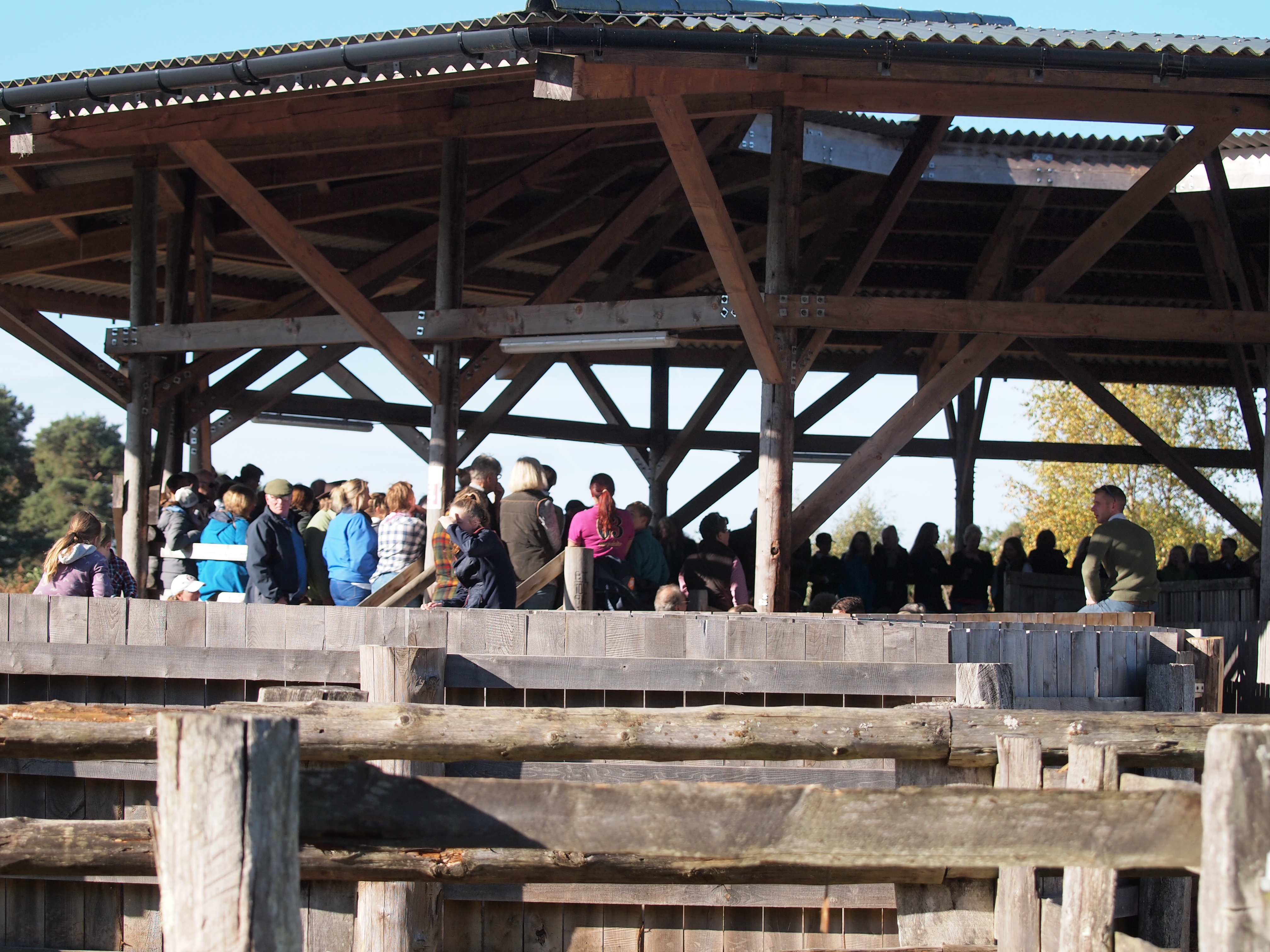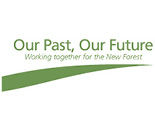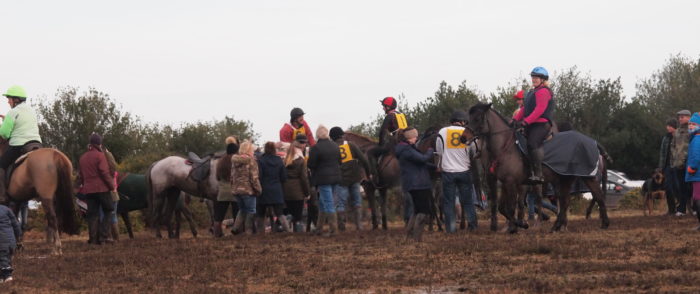Community
A vocational commitment
The real cultural heritage of the New Forest is its people, particularly the commoners. Most commoners have to fit their Forest activities around a normal working life. Much of the drive to keep doing this comes from the strong sense of community and of place, of belonging to the real New Forest. Commoners old and new, young and old all have the same passion to be part of something very special. Without this diverse community spread around the Forest it would be a very different place. The challenges of staying part of this are considerable. The trade off for a young person between a local job compatible with commoning and moving to somewhere cheaper and with better career prospects can be a tough one to make. Thankfully many continue to do so, actively supported and encouraged by the Young Commoners group. Whilst commoners are thinly spread across the whole area of the New Forest, and in the surrounding towns and villages, the spirit of commoning that sees each helping others out on a daily basis remains as real today as ever.

NFCDA
The commoning community is the living heart of the cultural heritage of the New Forest. Whilst practices change and the local area develops it is this group of a few hundred ordinary people with an extraordinary commitment that keep the New Forest so special. Their work is largely invisible but the strength and vibrancy of this community is most obvious at some of the Forest’s core events; at the Beaulieu Road Sales, the New Forest Show, or the Boxing Day Point to Point – probably the largest gathering of commoners in any year. The constant commitment is also seen “behind the scenes” with commoners active in the huge numbers of committees and councils involved in the management of the New Forest.
Thankfully, our local community shows deep commitment to the real New Forest, with a range of statutory and voluntary organisations working together to protect this cultural heritage and everything associated with it. Central amongst these is the Court of Verderers and those who work for them. The land managers also play a significant role, not least in employing commoners to undertake essential work on the landscape: Whilst the Forestry Commission and National Trust are the largest amongst these, the New Forest also includes several major private estates who are also closely connected with commoning. The National Park Authority, since its creation, has worked hard to help bring the many Forest groups together, and inherited the vital Commoners Dwelling Scheme from the New Forest District Council. It also administers the New Forest Consultative Panel, as a well-established forum for multiple organisations to discuss issues affecting the Forest. Other important organisations, largely run by volunteers, include the New Forest Livestock Society, the New Forest Trust, and the New Forest Pony Breeding and Cattle Society. The New Forest Hounds continue to provide an essential service in removing fallen stock from the Open Forest, day in and day out throughout the year. Other voluntary groups such as the Hampshire and Isle of Wight Wildlife Trust also play a significant role in the New Forest community, drawing large numbers of volunteers to help maintain and improve the grazed landscape.

Members Login
 Latest Tweets
Latest Tweets
Follow us
@realnewforest 4h
Icilibus sam quas aut eriatem nume corepta auta conet officaborem quodi corepta auta conet officaborem quodi apernat ectlpa dolorpiaecus.
@realnewforest 4h
Icilibus sam quas aut eriatem nume corepta auta conet officaborem quodi corepta auta conet officaborem quodi apernat ectlpa dolorpiaecus.
@realnewforest 4h
Icilibus sam quas aut eriatem nume corepta auta conet officaborem quodi corepta auta conet officaborem quodi apernat ectlpa dolorpiaecus.
With thanks for support from




